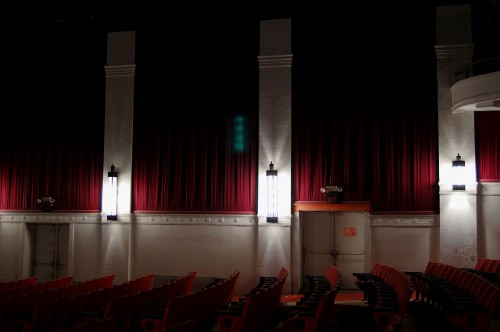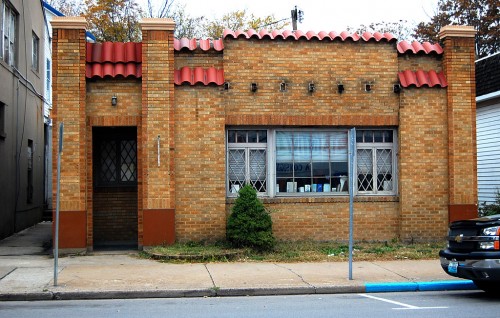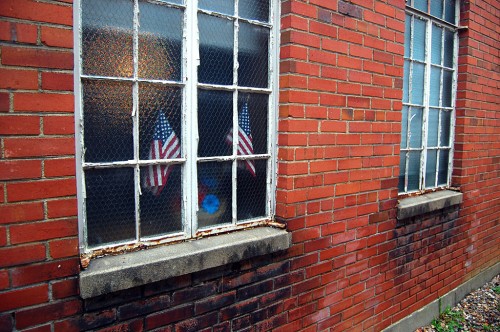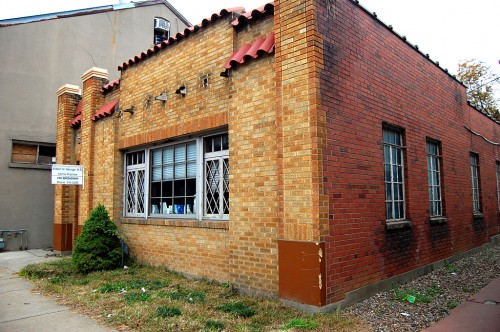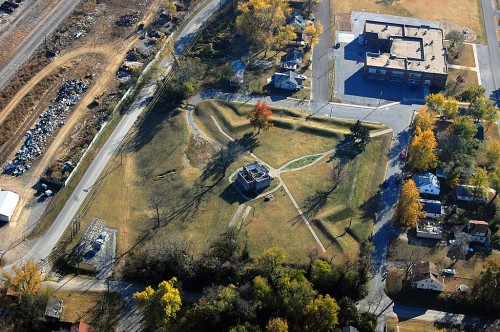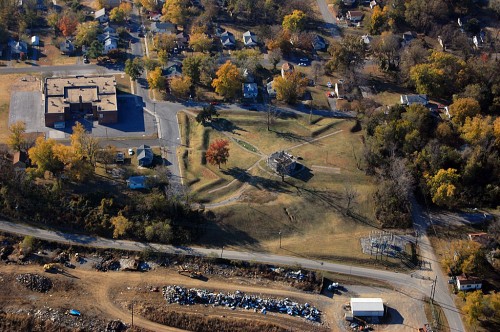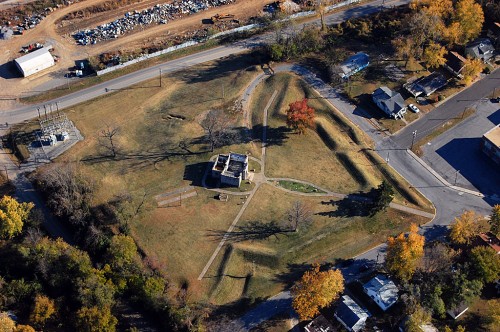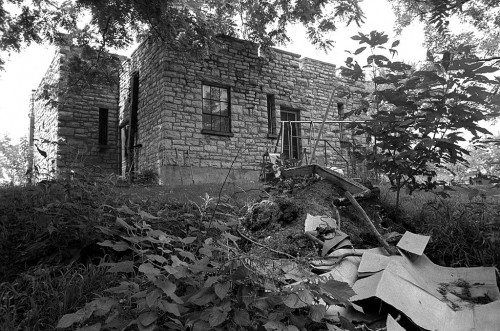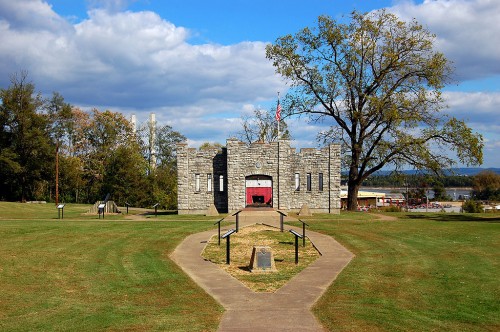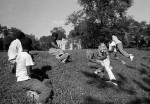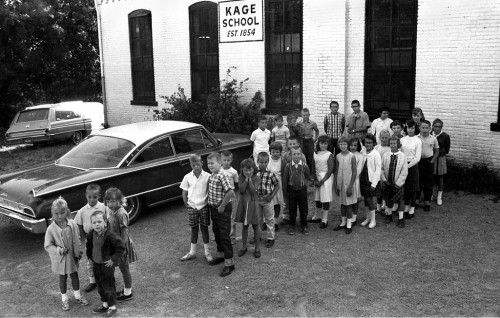 Scott Moyers had a story in The Missourian that the Cape commission had released an endangered buildings list. Here are the ones considered most endangered:
Scott Moyers had a story in The Missourian that the Cape commission had released an endangered buildings list. Here are the ones considered most endangered:
- B’nai Israel Synagogue, 126 S. Main St.
- Broadway Theater, 805 Broadway
- Esquire Theater, 824 Broadway
- Fort D blockhouse, 920 Fort St.
- Franklin School, 215 N. Louisiana St.
- Hanover Lutheran School, 2949 Perryville Road
- Old Jefferson School, 731 Jefferson Ave.
- Kage School, 3110 Kage Road
- Lorimier Apartments, 142-148 S. Lorimier St.
- Sturdivant Bank, 101 N. Main St.
I’ve done stories on almost all of them. Here’s a look back:
Kage School
 I imagine the long, cold walk to the outhouse was not fun for this little guy,
I imagine the long, cold walk to the outhouse was not fun for this little guy,
- Photos that were taken just before the Kage School closed, along with some interesting facts. It was integrated as far back as 1889, and accepted children from the County Poor Farm.
- When I went back to document the building’s condition in 2010, I was surprised to see names going back to 1899 carved in the bricks.
Broadway Theater
I spent many a happy hour in the Broadway balcony
- I was sure that the inside of the old Broadway Theater would be a disaster with the roof falling in and debris all over the place. When I got my first glimpse of the interior, I was transported back to the days of Saturday matinee movies in a grand theater. It’s ragged, but it’s still grand.
- The basement under the theater was HUGE, but the dressing rooms for the old stage actors were tiny.
Esquire Theater
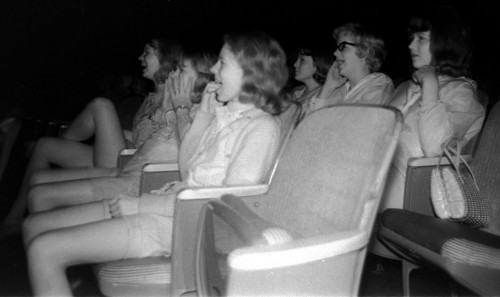 The Esquire had over a mile of neon lighting when it opened in 1947
The Esquire had over a mile of neon lighting when it opened in 1947
- Photos of the Art Deco Esquire Theater before the recent renovation project
Infrared film photos of teenybopper reaction to the Beatles movie Help! when it played at the Esquire in September 1965.
Photos of the maybe on, maybe off project to renovate the movie house.
Fort D
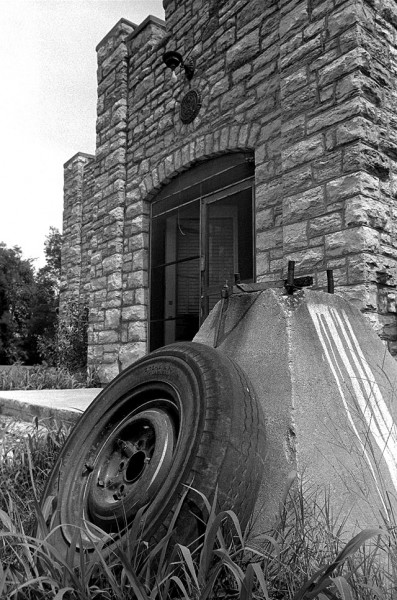 The building we know as Civil War Fort D didn’t exist until 1937. It was used as a residence in the 1960s.
The building we know as Civil War Fort D didn’t exist until 1937. It was used as a residence in the 1960s.
- Aerial photos of Fort D and the May Greene School neighborhood
- The building we know as Fort D wasn’t built until 1937
- Trash littered the site in 1966
101 North Main / Sturdivant Bank
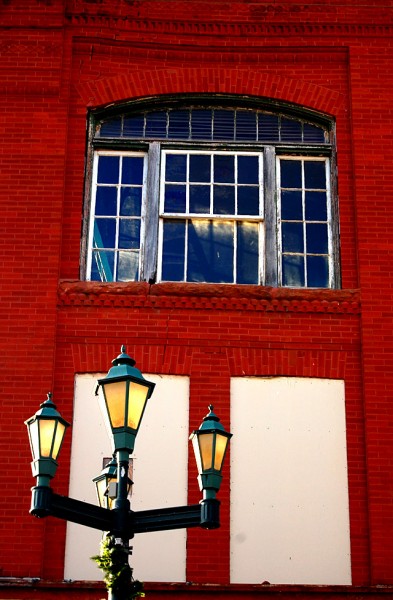 Bank, telephone exchange building, Minnen’s Dress Shop, Cape Wiggery. The old building at 101 North Main Street has been many things and has some interesting connections to other pieces of Southeast Missouri history. Its neighbor, the St. Charles Hotel, home to General Grant in the Civil War, was torn down in 1967.
Bank, telephone exchange building, Minnen’s Dress Shop, Cape Wiggery. The old building at 101 North Main Street has been many things and has some interesting connections to other pieces of Southeast Missouri history. Its neighbor, the St. Charles Hotel, home to General Grant in the Civil War, was torn down in 1967.
B’nai Israel Synagogue
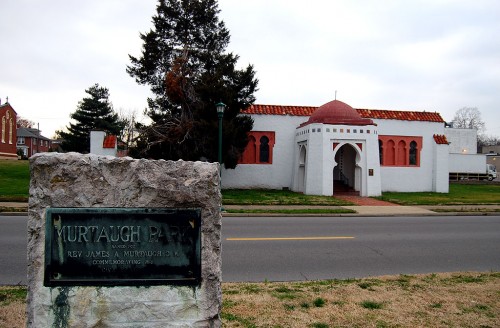 The B’nai Israel Synagogue is in an historical triangle that includes the Red House and St. Vincent’s Church.
The B’nai Israel Synagogue is in an historical triangle that includes the Red House and St. Vincent’s Church.
Jefferson School
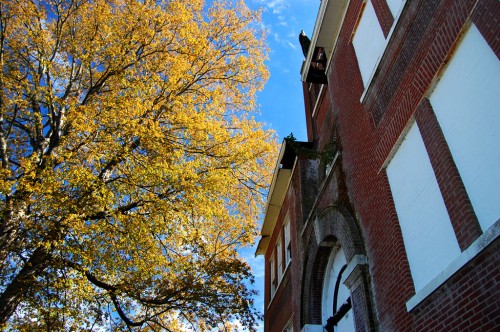 Jefferson was a black school in 1953-1955 before the system was integrated.
Jefferson was a black school in 1953-1955 before the system was integrated.
- Pictures of the oldest standing school in Cape Girardeau taken in 2010
- I shot it again in 2011 after it had been slated for demolition. It may have had a reprieve.
Franklin School
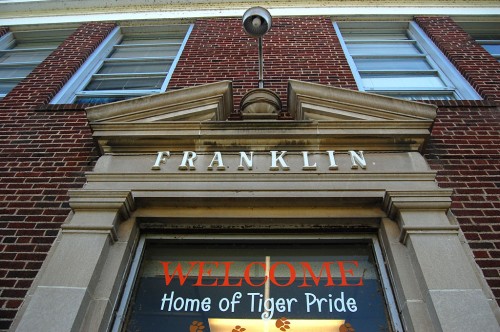 This part of Franklin School will be torn down when the new building behind it is completed.
This part of Franklin School will be torn down when the new building behind it is completed.
- Franklin: the school with no name.
- Franklin School and construction progress in July 2011.

